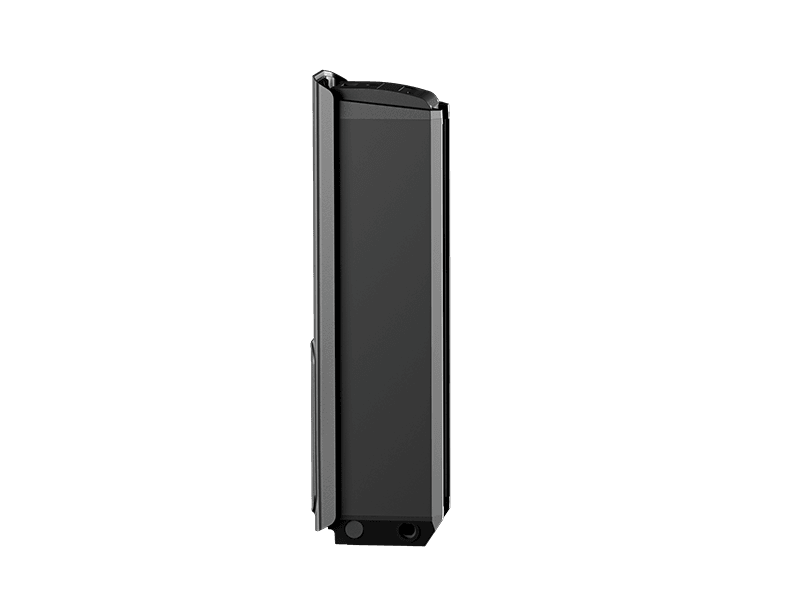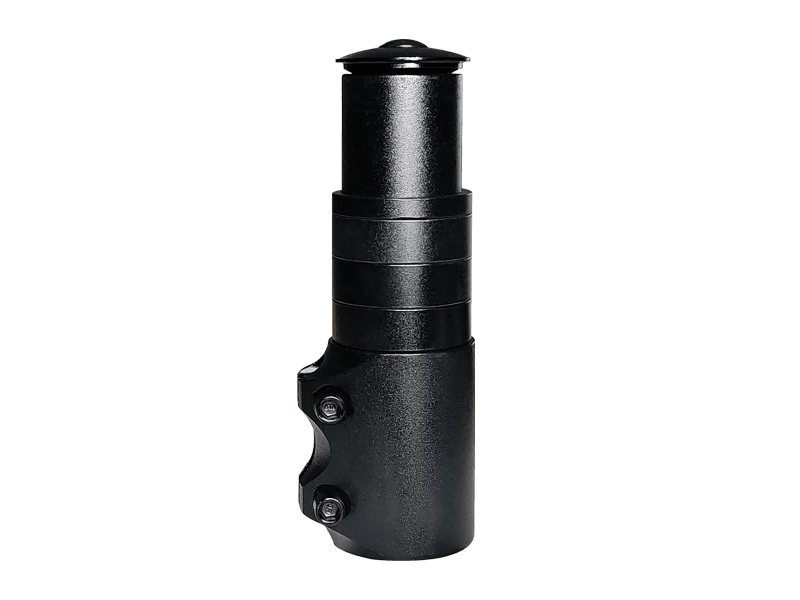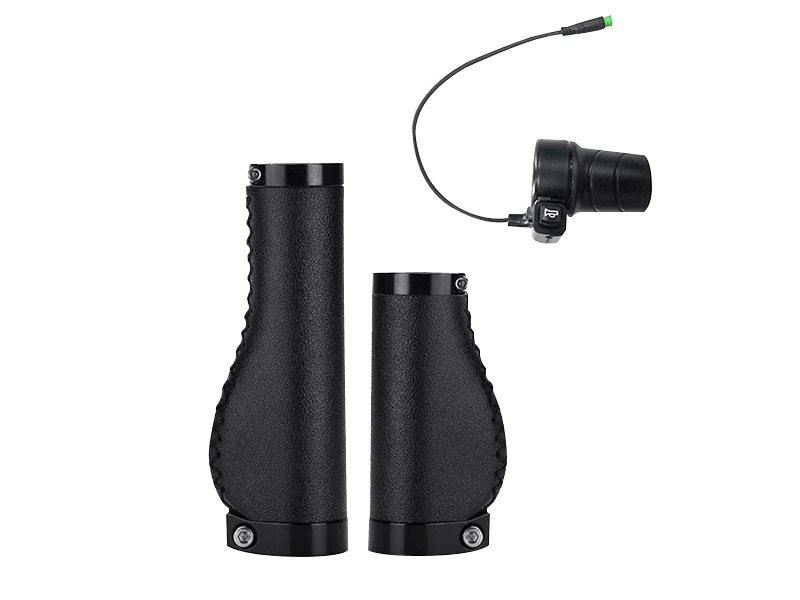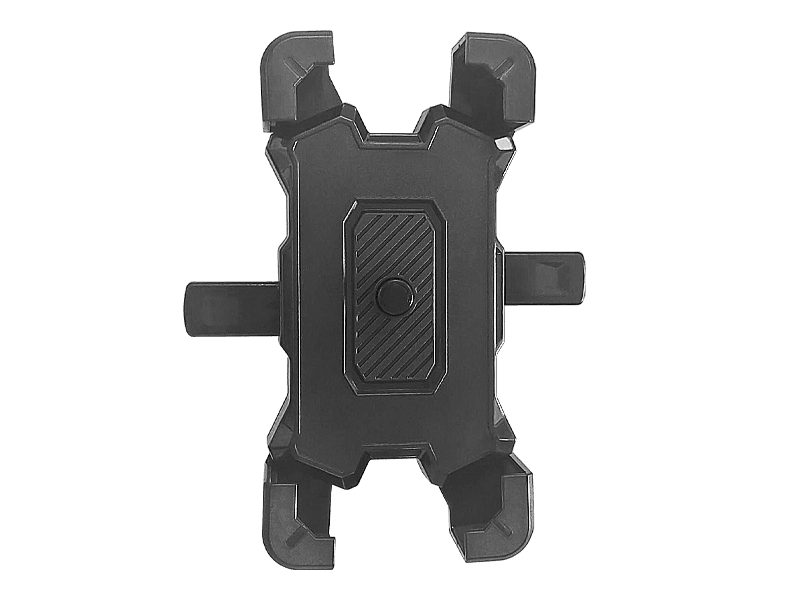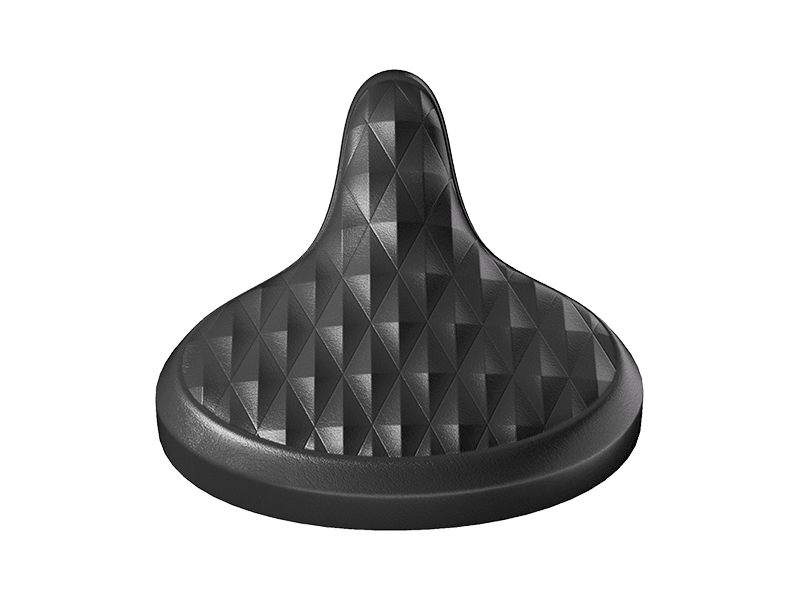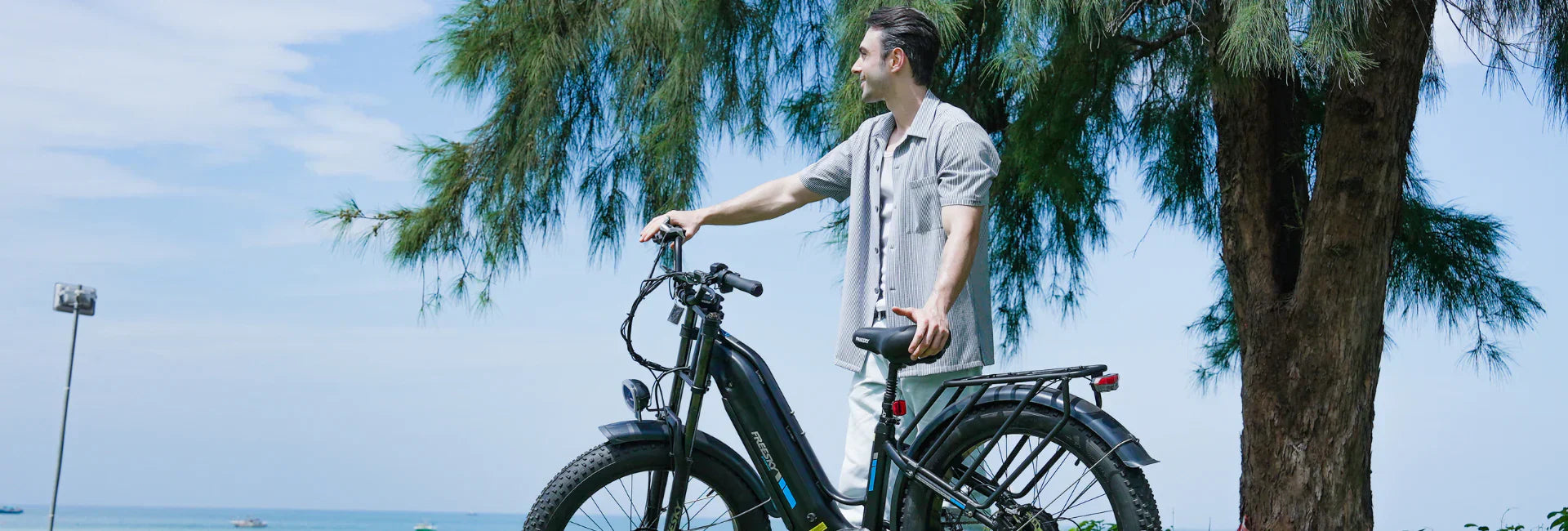5 Quick Ways to Keep Your Electric Bike Frame Tight and Secure
AUG 01, 2025
It often begins with a small creak. Then a slight wobble as you roll over cobblestones or uneven road surfaces. You’re not imagining it—your electric bike frame may genuinely be loosening over time.
The good news is that in most cases, it can be resolved with simple checks and adjustments you can do yourself. By keeping your frame secure, you not only improve riding comfort but also ensure safety on every journey.
How to Recognise Frame Looseness
-
Creaking noises: Metallic rubbing or clicking sounds when accelerating, climbing, or cornering.
-
Unstable ride feel: A soft or shifting sensation when crossing bumps or rough surfaces.
-
Loose hinges or connectors: Noticeable play in folding mechanisms or frame joints.
-
Wheel misalignment: If the front and rear wheels do not line up properly when the bike is lifted, the frame may be twisted or deformed.
Five Checks to Keep Your Frame Solid
1. Headset and Stem
If the handlebars feel unstable or click during turns, the headset or stem may be loose.
What to do:
-
Hold the front wheel firmly between your legs.
-
Turn the handlebars—if they move independently, tighten the bolts with a hex key.
-
Tighten only until secure, avoiding excessive force.
2. Seat Post Clamp
A slipping seat post can create movement in the rear section of the frame.
What to do:
-
Loosen the clamp, adjust the saddle height, then retighten.
-
Use a torque wrench if available for precise tightening.
-
Apply carbon paste (for carbon posts) or grease (for alloy) to minimise slipping.
3. Crankset and Bottom Bracket
Creaks while pedalling often mean play between the crank arms or bottom bracket.
What to do:
-
Test each crank arm for side-to-side movement.
-
Tighten crank bolts with the correct tool.
-
If the bottom bracket is loose or worn, consult a professional workshop for service or replacement.
4. Folding Joints (for Folding E-Bikes)
Folding hinges and latches bear constant stress. Even small gaps can cause instability.
What to do:
-
Fully unfold and secure the bike.
-
Check for movement at the hinge and retighten bolts.
-
Lubricate where necessary.
⚠️ If the joint cannot be tightened safely, contact your service provider before riding again.
5. Rear Triangle and Axle Area
The rear section is vital for stability.
What to do:
-
Confirm axle nuts or quick-release levers are tightened correctly.
-
Inspect welds for cracks or signs of stress.
-
Check derailleur hanger and brake mounts are properly fastened.
Why It Matters
A loose frame is not just uncomfortable. If left unchecked, it can lead to:
-
Increased wear on components.
-
Frame fatigue and cracks.
-
In rare cases, sudden structural failure.
Your e-bike’s frame is its foundation. Regular checks are as important as monitoring tyres and battery levels.
How to Prevent Frame Looseness
-
Monthly inspection: Check headset, seat post, crankset, and joints.
-
Extra care after rain or cleaning: Moisture may accelerate corrosion and loosening.
-
Use correct tools: Invest in a hex key set and torque wrench. Professional servicing is advised for regular riders.
Built for Long-Term Stability
High-quality frames are designed to resist flex and vibration, ensuring long-lasting reliability. Freesky e-bikes are engineered with this principle in mind—reinforced structures and precise manufacturing help maintain frame integrity even under demanding riding conditions.
Final Thoughts
A stable ride starts with a secure frame. By carrying out these five simple checks, you can keep your electric bike safe, responsive, and enjoyable to ride.
Ride safe. Ride with confidence.
FAQ: Frame Looseness
1. Do all creaks mean the frame is loose?
Not always. Some noises come from the saddle, pedals, or brakes. But headset, crankset, or folding joints are the first areas to inspect.
2. Is it safe to ride if the frame feels unstable?
It is not recommended. Even short rides may cause further damage or safety risks.
3. Are folding bikes more affected?
Yes. Folding hinges and latches require more frequent checks due to their design.
4. How often should I check the frame?
Once per month is advisable. More often if riding daily or over rough terrain.
5. How tight should bolts be?
Snug, but not over-tightened. Using a torque-limited tool is the safest option.


